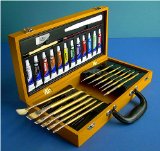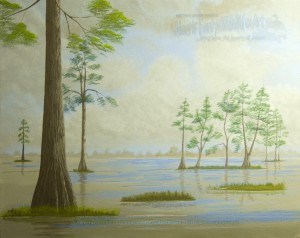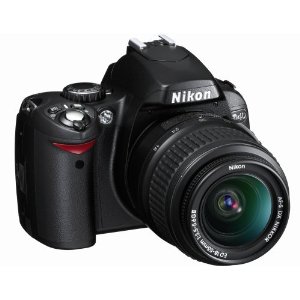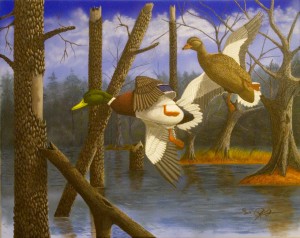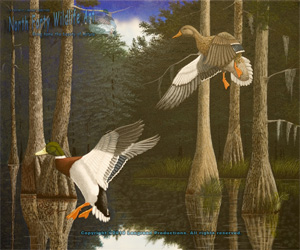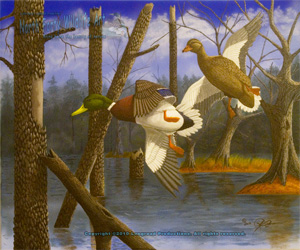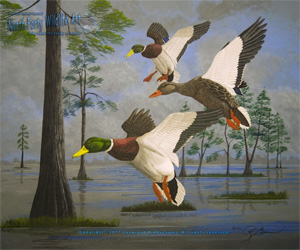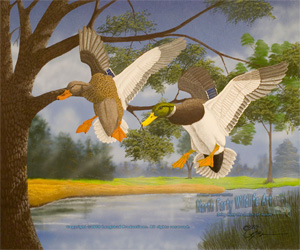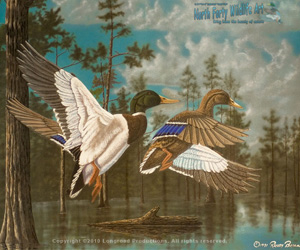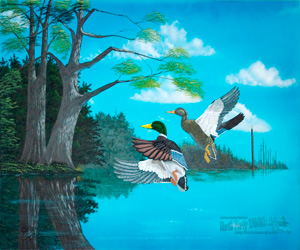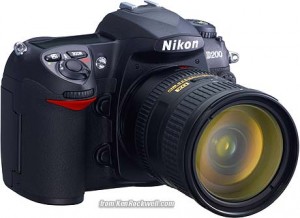 I am not only a wildlife artist, I also have an extensive background in photography. In order to obtain high quality images of my artwork, I photograph my own paintings for digital reproduction and posting on my website. My camera of choice is a tripod mounted Nikon D200 digital SLR.
I am not only a wildlife artist, I also have an extensive background in photography. In order to obtain high quality images of my artwork, I photograph my own paintings for digital reproduction and posting on my website. My camera of choice is a tripod mounted Nikon D200 digital SLR.
When photographing paintings, I prefer continuous directional illumination rather than a flash unit. This lighting setup creates optimum lighting on the painting’s surface and avoids harsh flash spots on the painting. I place my painting vertically in my easel to allow for accurate alignment of the painting with the camera lens. With this setup, I can accurately align the painting and the camera so they are perpendicular Continue reading

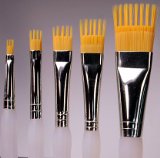 One of the most import tools in an artist’s tool box, in my opinion, is a good set of quality brushes. No craftsman can produce quality work with inferior grade tools. High quality paint brushes can range from a few dollars for a small round to nearly $100 for a large synthetic bristle.
One of the most import tools in an artist’s tool box, in my opinion, is a good set of quality brushes. No craftsman can produce quality work with inferior grade tools. High quality paint brushes can range from a few dollars for a small round to nearly $100 for a large synthetic bristle.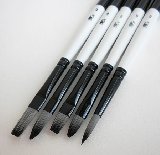 If I’m painting with acrylic paints,
If I’m painting with acrylic paints, 